The former Bank of Montreal building at Yonge and Front Streets is one of the most impressive bank structures ever constructed in Toronto. Built between the years 1885 and 1886, it was designed by the architects Frank Darling and S. G. Curry. Mr. Darling’s offices were located on Leader lane, which today is located on the east side of the King Edward Hotel. Mr. Darling attracted some of the brightest young architects of the decade to his Toronto firm. In 1876, Darling and Curry also designed the Romanesque-style Victoria Sick Children’s Hospital at College and Elizabeth Streets. It the now occupied by the Canadian Blood Services. The present-day hospital is presently located on University Avenue.
The 1880s was a period of great prosperity in Canada, the nation having finally emerged from the economic depression of the previous decade. No place in the country displayed more optimism than Toronto, as its factories boomed and trade increased. The Bank of Montreal at the corner of Yonge and Front Streets reflected that spirit.
The bank was designed as the head office of the Bank of Montreal in Toronto. Its Beaux Arts style is ornately extravagant, its facades displaying ostentatious stonework. It has large rectangular plate glass windows, the columns between the windows rich with wall carvings. The overall design of the bank is an attempt to project a prosperous and secure image. The sculptures were created by Holbrook and Mollington. The cornice contains dentils, a classical design from ancient Greece, commonly found in 19th-century structures throughout the city. The east and south facades have Greek-style pediments.
When the interior banking hall was built, it was said to be the finest in the Dominion. Its enormous 45-foot height has a great dome crowned with stained glass windows that soar impressively above the banking hall. When it was a functioning bank, the west wing of the building contained the manager’s office, a boardroom, and a private apartment. This bank remained the head office of the Bank of Montreal until 1949, but even after the head office was relocated, it remained its most important branch until the mid-1980s. The building has been preserved as today it houses a portion of the collection of the Hockey Hall of Fame.
This was the first Bank of Montreal that was first erected on the northwest corner of Yonge and Front Streets, in 1845. It was demolished to construct the new bank in 1885. Photo is from Arthur Eric’s book, “No Mean City.”
Yonge and Front Streets looking north up Yonge near the end of the 19th Century. The 1885 Bank of Montreal is on the left-hand side of the photo.
The Bank of Montreal c. 1900. Photo, City of Toronto Archives. This picture shows the west wing of the building where the private apartment was located.
The banking hall when the building functioned as a working bank. Photo is from Eric Arthur’s book, “No Mean City.” It was likely taken during the 1950s.
The bank in March of 2013
Stone carvings on the facades of the bank building
Stone carving of an elderly man on the south facade of the old Bank of Montreal
Door of the west wing that allowed access to the private apartment. The door surround is richly ornamented.
Main entrance to the building, with its rich wood panelling. The original doors were removed when the entranceway was modernized.
The dome above the banking hall.
Stained glass in the dome (left) and a close-up of the centre piece of the glass dome (right)
Banking hall in 2013, containing the displays of the Hockey Hall of Fame.
The old bank building on 18 June 1993, when it was converted into the Hockey Hall of Fame. Photo is from the museum’s display.
To view the Home Page for this blog: https://tayloronhistory.com/
Links to other posts about the history of Toronto and its buildings:
https://tayloronhistory.com/2013/10/08/links-to-historic-architecture-of-torontotayloronhistory-com/
Links to posts about Toronto’s movie houses—past and present.
https://tayloronhistory.com/2013/10/09/links-to-toronto-old-movie-housestayloronhistory-com/
Recent publication entitled “Toronto’s Theatres and the Golden Age of the Silver Screen,” by the author of this blog. The publication explores 50 of Toronto’s old theatres and contains over 80 archival photographs of the facades, marquees and interiors of the theatres. It also relates anecdotes and stories from those who experienced these grand old movie houses.
To place an order for this book:
Theatres Included in the Book
Chapter One – The Early Years—Nickelodeons and the First Theatres in Toronto
Theatorium (Red Mill) Theatre—Toronto’s First Movie Experience and First Permanent Movie Theatre, Auditorium (Avenue, PIckford), Colonial Theatre (the Bay), thePhotodome, Revue Theatre, Picture Palace (Royal George), Big Nickel (National, Rio), Madison Theatre (Midtown, Capri, Eden, Bloor Cinema, Bloor Street Hot Docs), Theatre Without a Name (Pastime, Prince Edward, Fox)
Chapter Two – The Great Movie Palaces – The End of the Nickelodeons
Loew’s Yonge Street (Elgin/Winter Garden), Shea’s Hippodrome, The Allen (Tivoli), Pantages (Imperial, Imperial Six, Ed Mirvish), Loew’s Uptown
Chapter Three – Smaller Theatres in the pre-1920s and 1920s
Oakwood, Broadway, Carlton on Parliament Street, Victory on Yonge Street (Embassy, Astor, Showcase, Federal, New Yorker, Panasonic), Allan’s Danforth (Century, Titania, Music Hall), Parkdale, Alhambra (Baronet, Eve), St. Clair, Standard (Strand, Victory, Golden Harvest), Palace, Bedford (Park), Hudson (Mount Pleasant), Belsize (Crest, Regent), Runnymede
Chapter Four – Theatres During the 1930s, the Great Depression
Grant ,Hollywood, Oriole (Cinema, International Cinema), Eglinton, Casino, Radio City, Paramount, Scarboro, Paradise (Eve’s Paradise), State (Bloordale), Colony, Bellevue (Lux, Elektra, Lido), Kingsway, Pylon (Royal, Golden Princess), Metro
Chapter Five – Theatres in the 1940s – The Second World War and the Post-War Years
University, Odeon Fairlawn, Vaughan, Odeon Danforth, Glendale, Odeon Hyland, Nortown, Willow, Downtown, Odeon Carlton, Donlands, Biltmore, Odeon Humber, Town Cinema
Chapter Six – The 1950s Theatres
Savoy (Coronet), Westwood
Chapter Seven – Cineplex and Multi-screen Complexes
Cineplex Eaton Centre, Cineplex Odeon Varsity, Scotiabank Cineplex, Dundas Square Cineplex, The Bell Lightbox (TIFF)
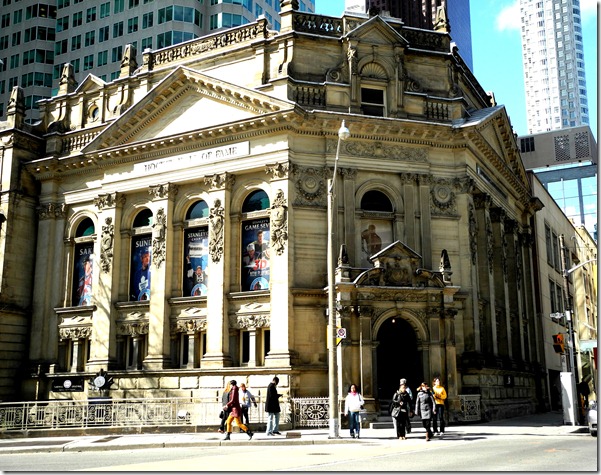
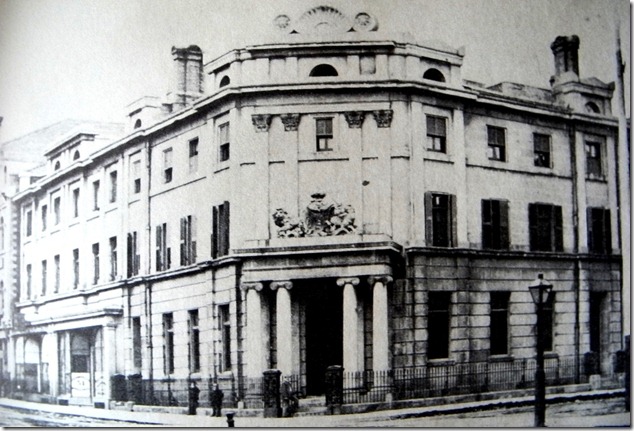
![800px-Yonge_Street_looking_north_fr[1] 800px-Yonge_Street_looking_north_fr[1]](https://tayloronhistory.com/wp-content/uploads/2013/03/800px-yonge_street_looking_north_fr1_thumb.jpg)
![f1568_it0224-1[1] c. 1900 f1568_it0224-1[1] c. 1900](https://tayloronhistory.com/wp-content/uploads/2013/03/f1568_it0224-11-c-1900_thumb.jpg)
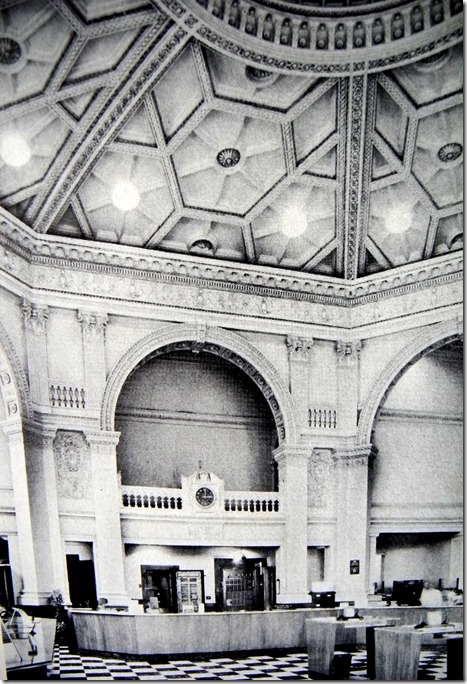
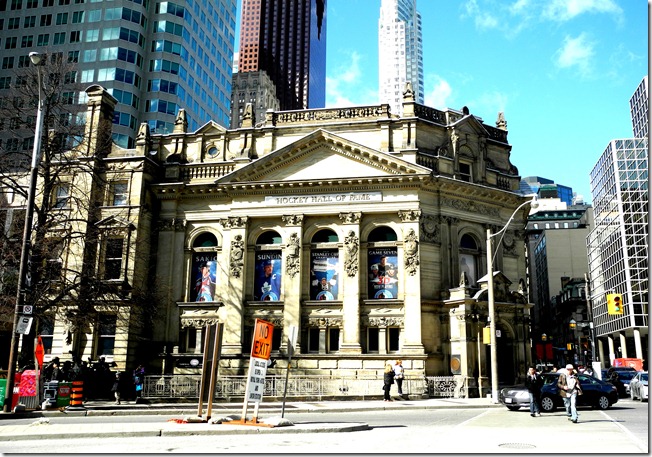
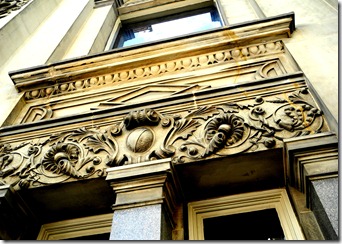
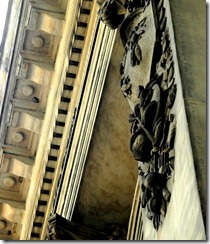
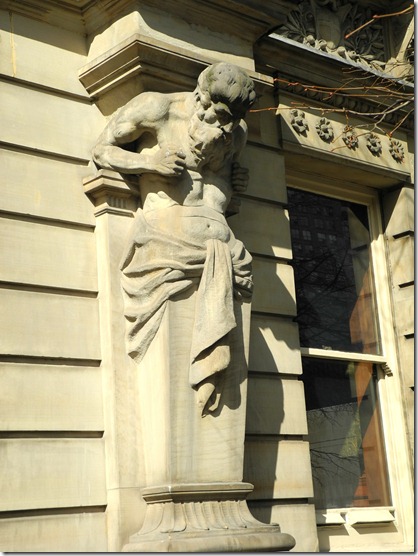
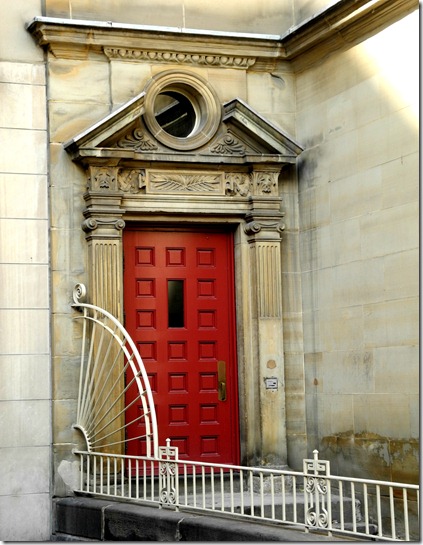
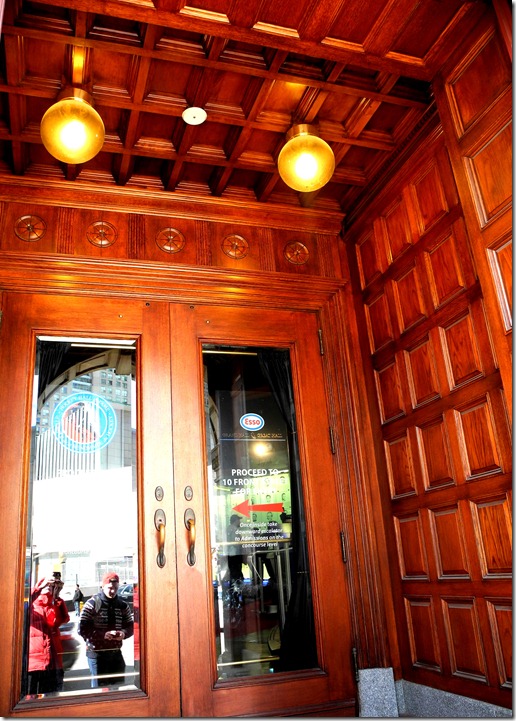
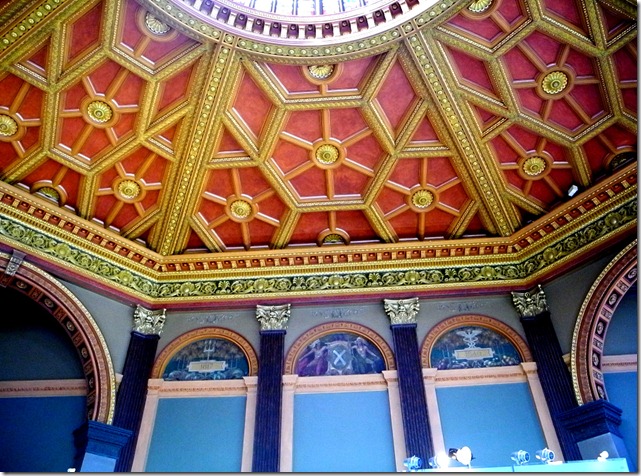
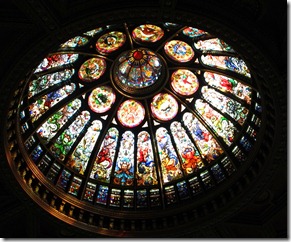
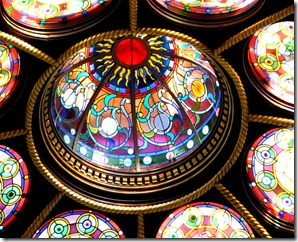
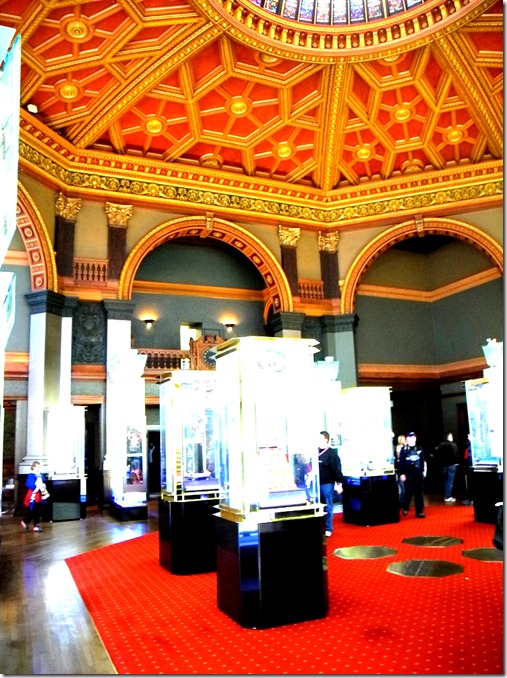
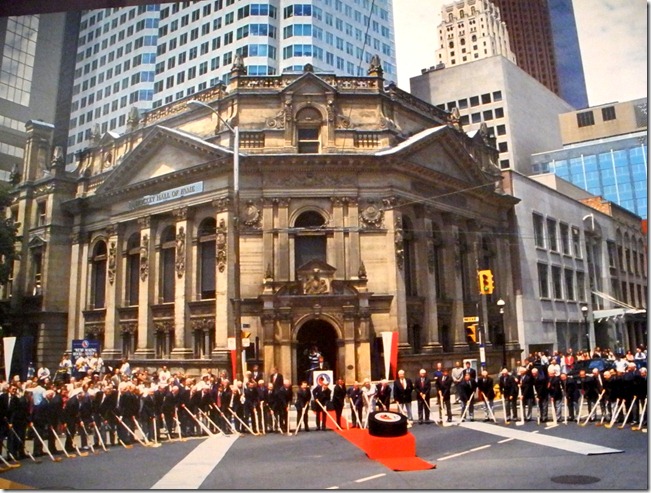
![cid_E474E4F9-11FC-42C9-AAAD-1B66D852[1] cid_E474E4F9-11FC-42C9-AAAD-1B66D852[1]](https://tayloronhistory.com/wp-content/uploads/2014/09/cid_e474e4f9-11fc-42c9-aaad-1b66d8521_thumb37.jpg)


I have a query. In the 1960’s the upstairs of the bank was leased out for rehearsal space for the COC as well as to other venues, like the then O’Keefe Centre. I realise this was long ago, but I am inquiring if it could be leased for a Ballet School owned by one of Canada’s Premier Dancer’s. I am inquiring on her behalf. We are looking for a central location, to be leased on a regular basis. I remember the space very well, as I rehearsed there on numerous occasions. It is the right size, airy,wood floors,and as there is always pedestrian traffic, it would be a safe environment,as the classes would be during the day and up until 6pm, 6 days a week. I am inquiring to many, mostly Heritage Buildings, but the rents are quite steep, and if they aren’t, it is because they are in out of the way places, taking much travel time, and also not safe.
Would you get back to me regardless?
Thank you,
Linda Cable